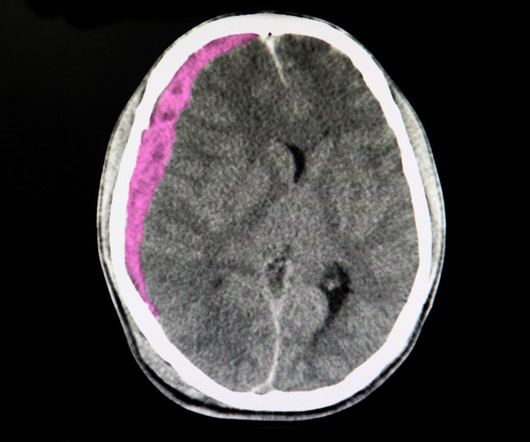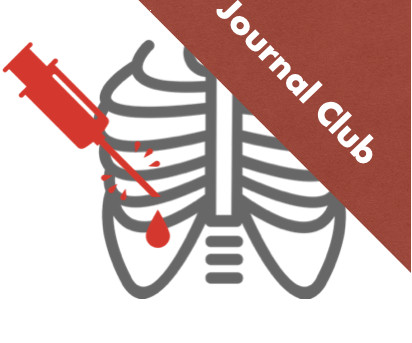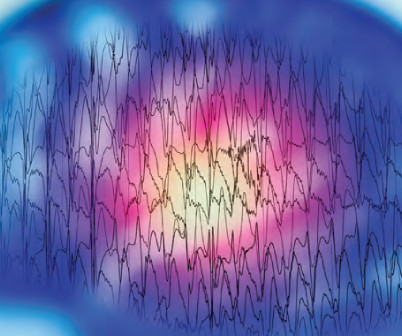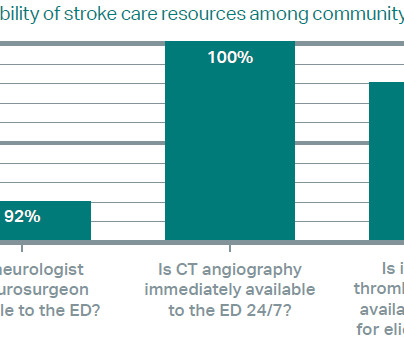The AcT Trial: Tenecteplase vs Alteplase for Acute Ischemic Stroke
RebelEM
FEBRUARY 1, 2024
Background : Alteplase, a class of medication that converts plasminogen to plasmin leading to fibrin degradation and subsequent clot lysis, has been the standard of care for acute ischemic stroke (AIS) patients that meet eligibility criteria. mg/kg non-inferior to alteplase in the treatment of acute ischemic stroke? vs Alteplase 34.8%



























Let's personalize your content